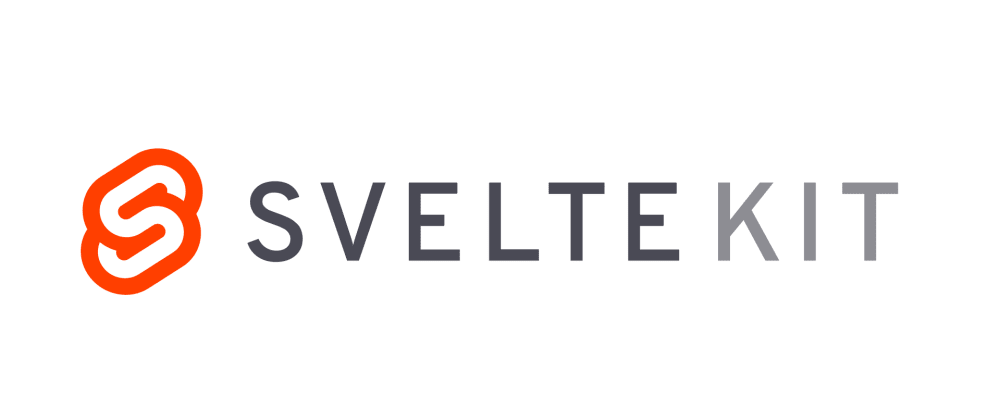How to create a directory based .gitconfig
Here you will see how you can create a directory based .gitconfig
Here you will see how you can create a directory based .gitconfig

Here you will see how you can combine types using TypeScript. This will save you a lot of time when writing types, which values are a combination of other types.

Here you will learn about CSS variables, their benefits and why they might be better than css preprocessor variables.

This post shows you how you can utilize SvelteKits routes to create a sitemap.xml you can submit to search engines.

Here you will see how you can clean up all of your not used node_modules directories on you machine easily.

Here you will be shown one way to create a lazy loading list of elements using SvelteKit stores with Ghost CMS.

Here you will see how you can deploy your SvelteKit application via GitHub Actions by using docker compose with Nginx and Let's Encrypt.

Here you will see how you can "hook" into the browsers logging to be able to add the logged messages to your template. This should help with debugging mobile devices.

Here you will see how you can add offline capability to your SvelteKit application. This is great for saving data and speeding up your application.

Here you can see how you can open simple ports on ubuntu using the ufw command.

Sometimes you need to replaces files depending on an environment variable on build time. Here you will see how you can do this using ViteJS.

How to setup a simple caddy server as a local reverse proxy. You can see a brief explanation and configuration.

A short presentation of how to setup a React project with either create-react-app or with ViteJS.

Here you will see how to quickly setup a svelte project with sveltekit as router and without it using just vitejs.

In this short tutorial you will see how you can use python from within Docker to call any python script on your device.

A simple guide on how to write rollup or vite plugins with an example. The example plugin adds a file with metadata to your build output directory.

Often we don't want to write parts of our applications ourselves. So we just import them through a package manager like npm. However, this can post serious security risks.